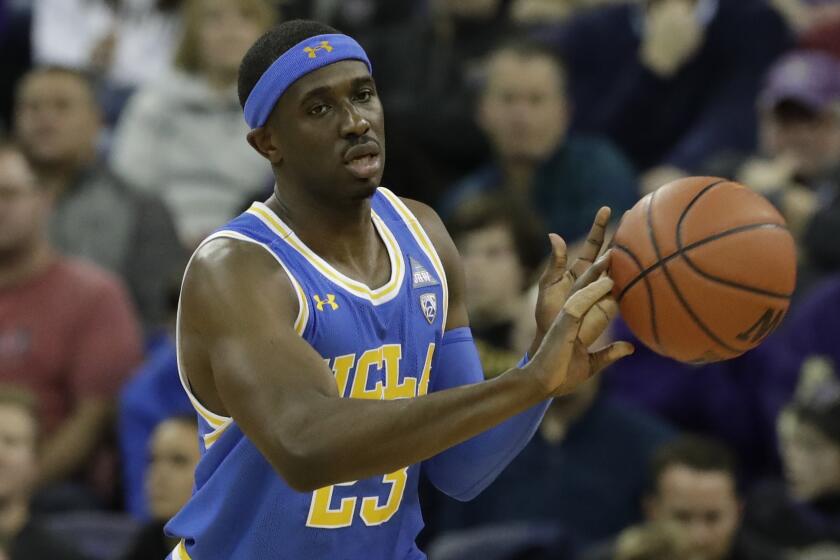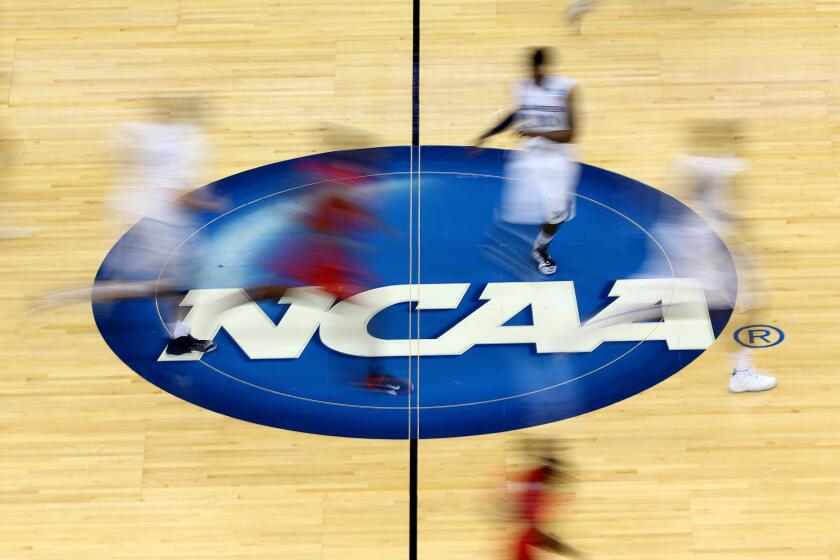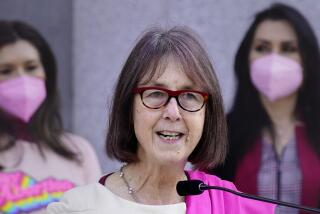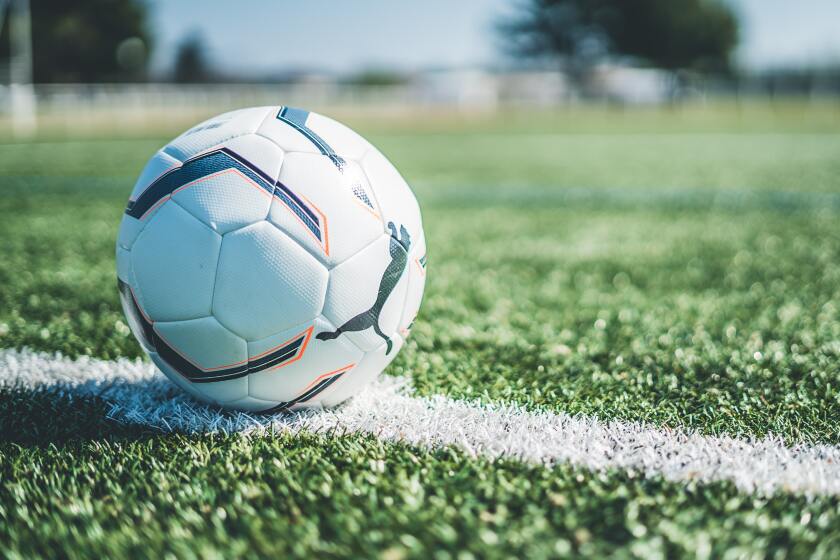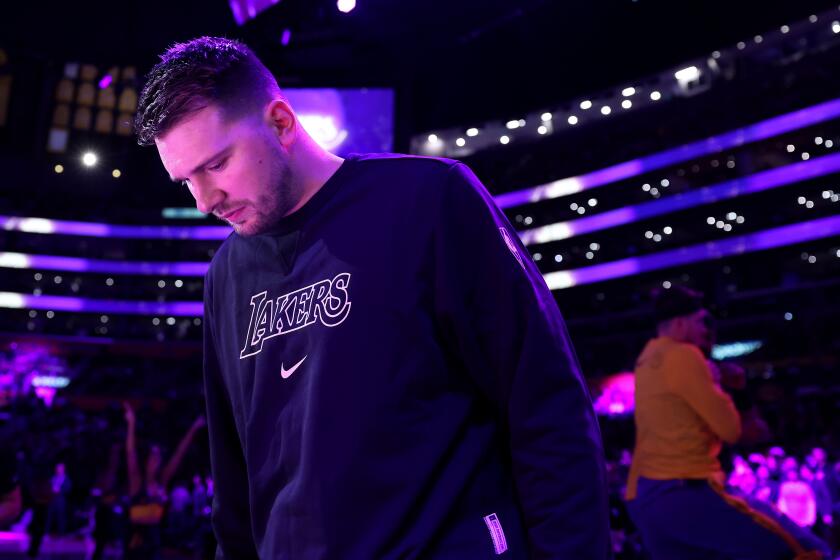NCAA Division I council focused on drafting NIL proposals by April
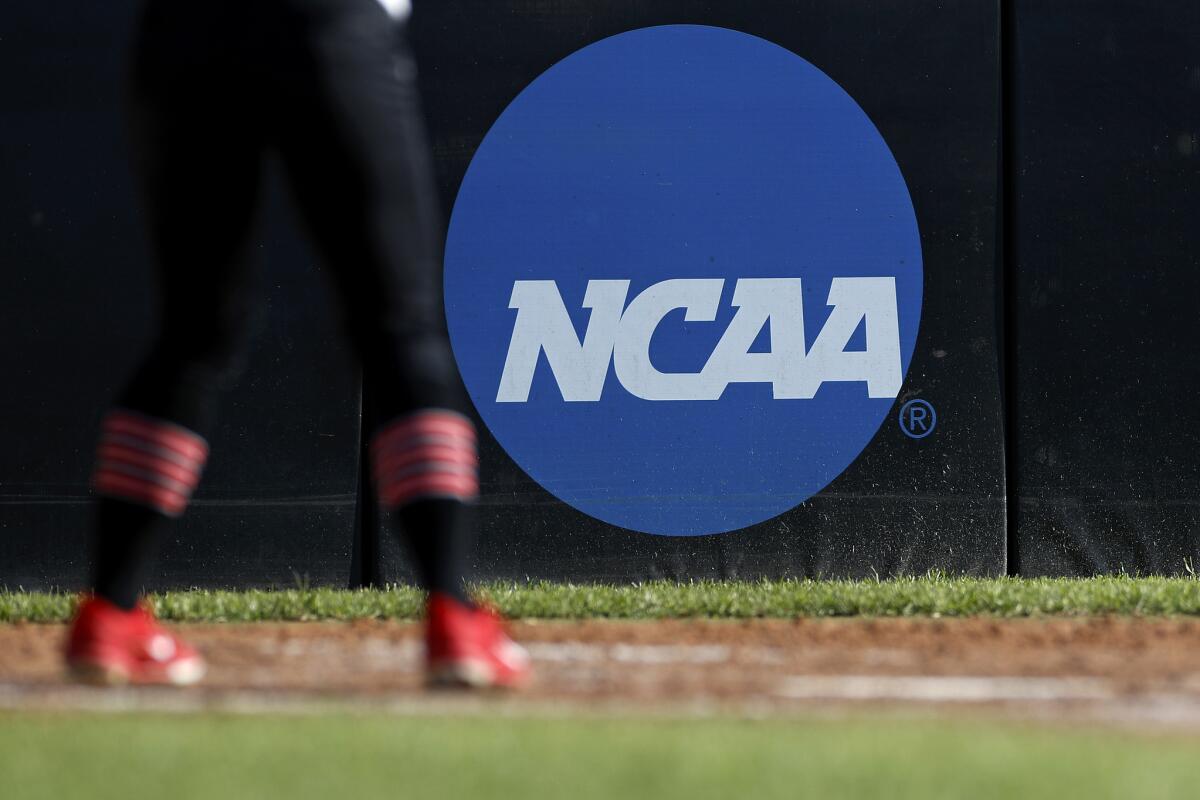
- Share via
Dr. M. Grace Calhoun, chairwoman of the NCAA Division I Council, said Wednesday at the association’s annual convention in Anaheim that the council is committed to drafting new proposals for regulating name, image and likeness by April to be reviewed by the NCAA Board of Governors.
“We’re well aware of the fact that we need to move quickly within the association,” said Calhoun, the athletic director at the University of Pennsylvania. “We’re working very aggressively to start to think about what legislative solutions could look like.”
Calhoun said the 40-member council, comprised mostly of athletic administrators from across the country, has divided itself into three groups that are focusing on different categories of potential benefits that college athletes could enjoy through use of their NIL.
The first and easiest to conceive of approving is “student-athlete work product,” an area where the NCAA has already been approving the majority of student waiver requests.
“Things that are completely unrelated to athletics that any student could do,” Calhoun explained. “If you wrote a book, if you have a family business. There are many examples we get presented with routinely where you can look at that and say, but for the student being a student-athlete, they could absolutely do these things.
UCLA has struggled mightily, but Mick Cronin isn’t going to simply give playing time to younger players in order to accelerate their development.
“Even looking at pulling the sport activity in, we’ve talked about, could a golf student-athlete give lessons, could a basketball student-athlete give lessons? There are extensions where sport comes into play where we still look at it as work product issue.”
The next category is individual licensing, which aligns most with the effect that state laws like California Senate Bill 206 would have. SB 206, signed into law by Gov. Gavin Newsom in late September, allows college athletes to enter into endorsement contracts with third parties and sign with representation starting in 2023.
The last category is group licensing, which Calhoun said is the “most complex and difficult to walk up to.”
“Because there are the most unanswered questions as to how all of that would work at the end of the day,” Calhoun said. “When we look at the principles we’ve established, we won’t cross the line from them being students to turning into employees. So when you start looking at a group acting together, keeping the line as a student becomes a little more complex.”
Calhoun said that a group of university presidents from the NCAA’s Federal and State Legislative Working Group, which has been meeting on this topic for nine months, is in contact with members of the U.S. Congress who are interested in helping to craft a one-size-fits-all solution to the name, image and likeness issue that continues to percolate in two dozen state legislatures.
The Times obtained a document that provides a rare look into the unfiltered thoughts of college leaders on key issues facing the organization.
The presidents will continue to give feedback about Congress’ preferences to the council, which can choose to create NCAA bylaws with that in mind.
Calhoun said that maintaining fairness in the recruiting process will remain a priority for the NCAA.
“We’ve talked about, how do you ensure a true market, and the one thing we keep going back to is we really have to control pre-enrollment activity,” Calhoun said. “What’s unique about college athletics is the recruitment. In most other markets you don’t have this sense of potential manipulation of free choice. … Is there transparency, reporting? What other controls could be put in place to insure that happens?”
More to Read
Go beyond the scoreboard
Get the latest on L.A.'s teams in the daily Sports Report newsletter.
You may occasionally receive promotional content from the Los Angeles Times.

